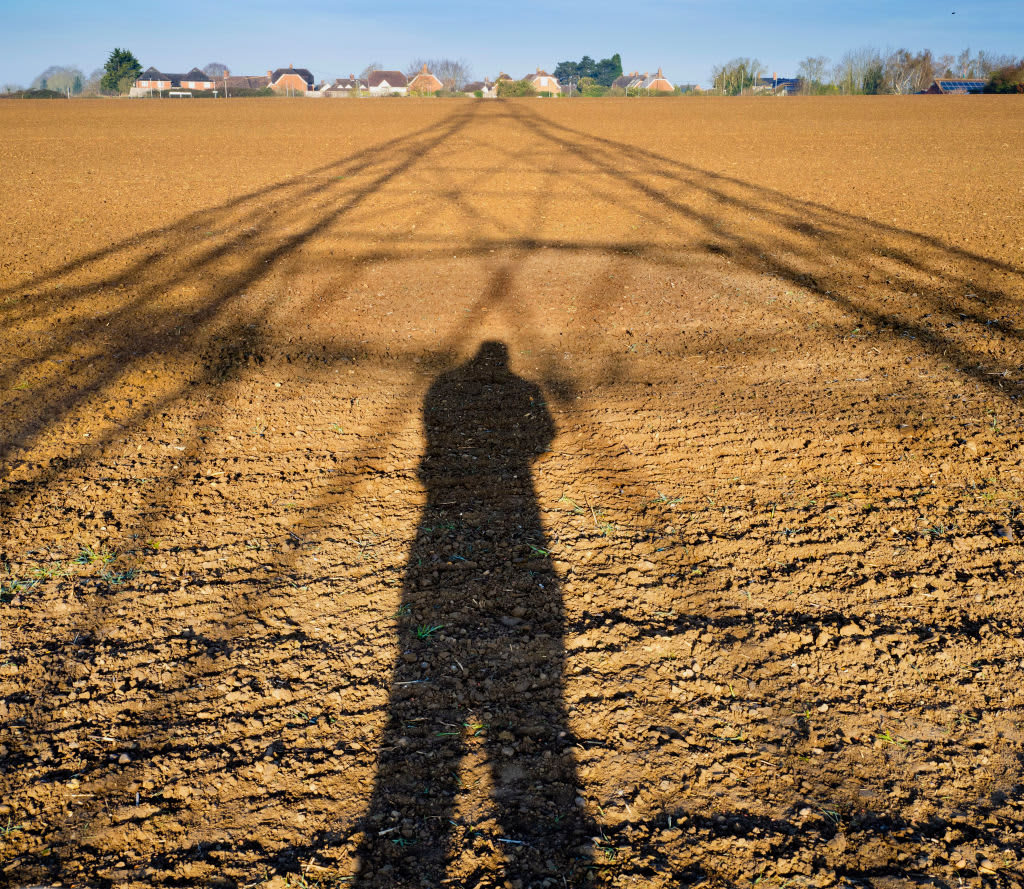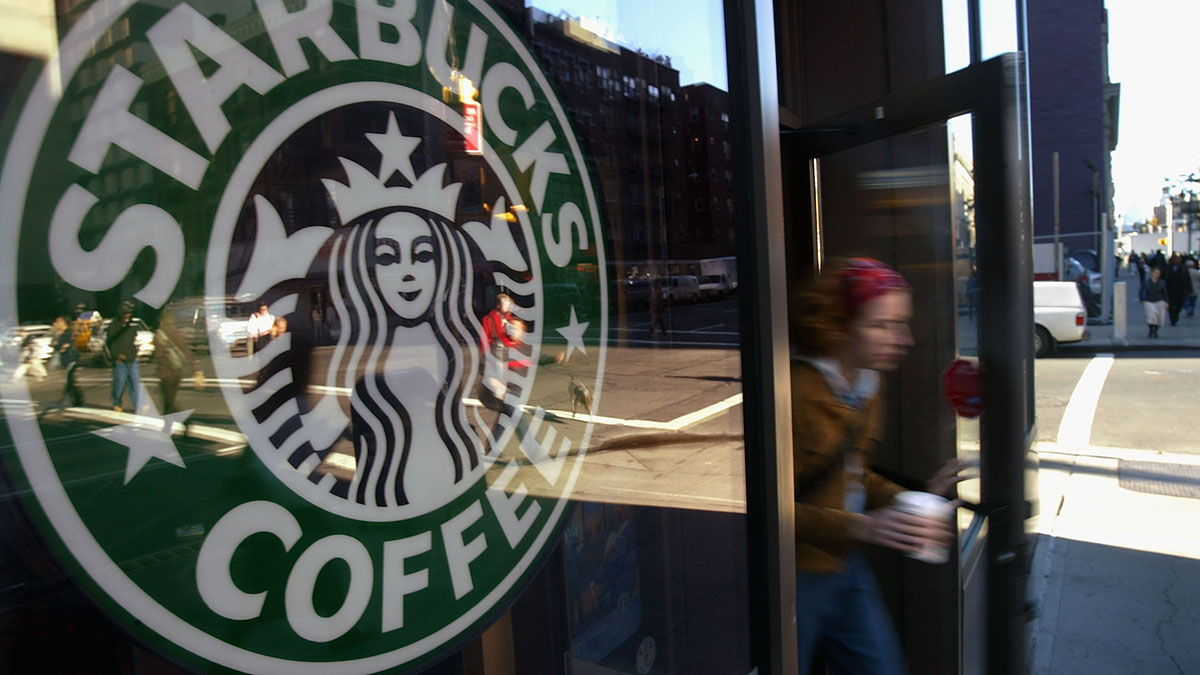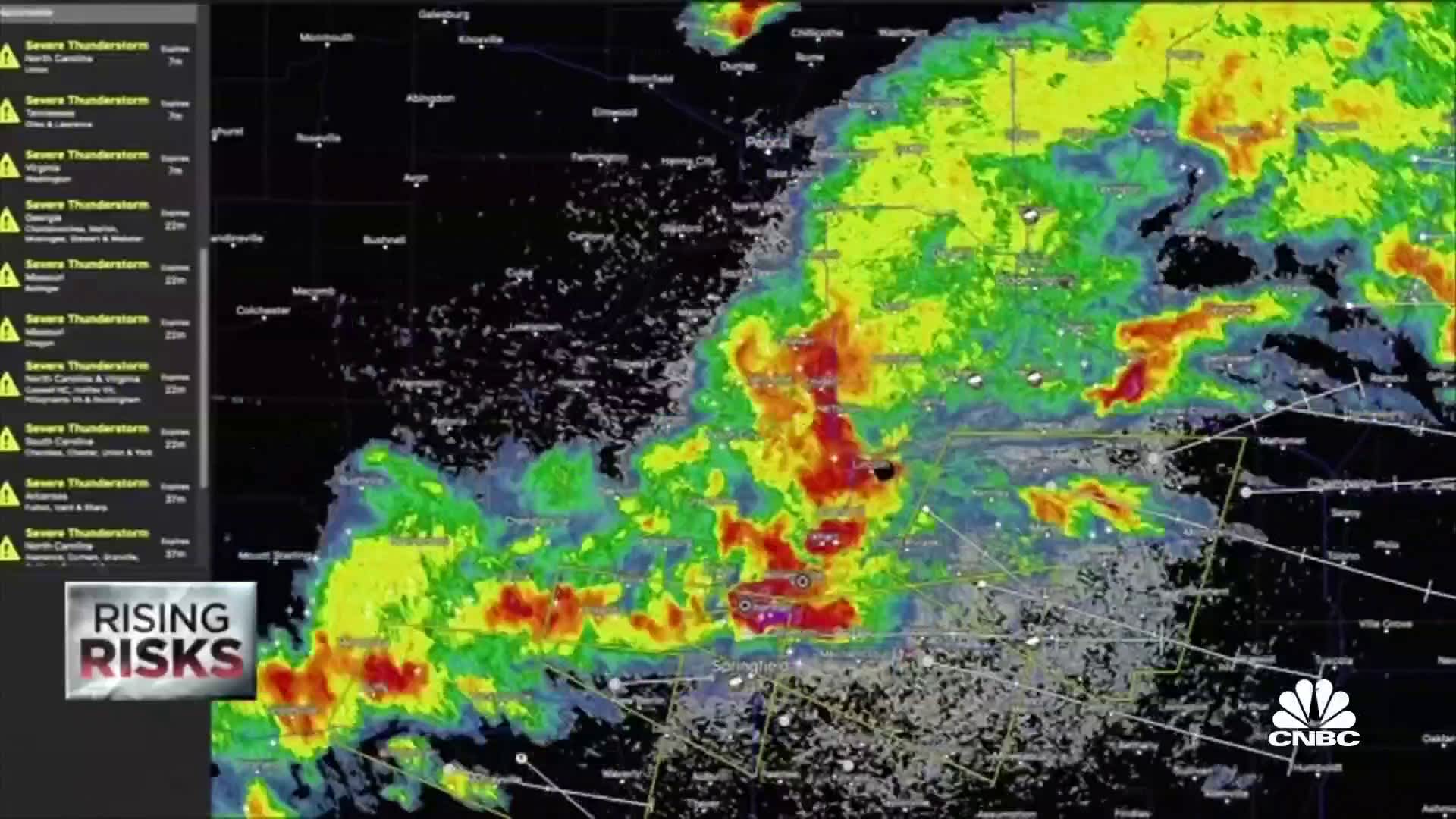The Suffolk County Water Authority said Friday it had extended its water emergency order to its entire customer base, all 1.2 million of them, citing persistent drought conditions that have both Long Island counties squarely in the "severe drought" category.
The Stage 1 Water Emergency now stretches from the Nassau/Suffolk border to Montauk, SCWA said. Only its East End customers had been affected by the original declaration issued in early August. Now all SCWA customers are urged to stop non-essential water uses and to avoid lawn watering between 12 a.m. and 7 a.m., which is the time water infrastructure is usually most taxed.
"We are all in this together," SCWA Chief Executive Officer Jeffrey Szabo said in a statement announcing the extension Friday. "Everyone needs to do their part to ensure there is sufficient water supply for fighting fires and other emergency purposes."
The water authority estimates that some parts of Suffolk County received less than an inch of rain in August. Firefighters in Deer Park appreciate the latest conservation effort — they haven't experienced issues with water pressure fighting building fires yet, but fear what could happen if they have to battle a large-scale brush fire.
Get Tri-state area news and weather forecasts to your inbox. Sign up for NBC New York newsletters.
The utility's move isn't isolated. The situation is bad enough that some local governments are ramping up water restrictions.
Rockland County on Tuesday extended a "stage II water emergency," which brings a host of rules, including a ban on serving restaurant patrons glasses of water unless they specifically ask. The county executive said average water use was down 11.4% since the order took effect on Aug. 18. Current conditions merit the continuation of the order, authorities say. (Find details on the rules at the bottom of this page.)
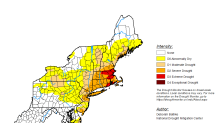
The latest U.S. Drought Monitor report, released Thursday morning, shows drought conditions have persisted or worsened across much of the northeastern United States. New York, New Jersey, Delaware, Maryland, Virginia and Vermont saw increases in moderate drought areas where continued below-average rainfall combined with warm weather, dried soil and reduced streams.
Four of New York City's five boroughs are entirely in the severe drought category, with Manhattan the only one to retain some moderate drought sections as of Thursday's update. Both Long Island counties are now also in the severe drought zone, while moderate drought conditions are extending further into the central part of the Empire State.
The situation is also growing increasingly dire for the Garden State, where severe drought conditions extended to Passaic and Bergen counties. All of Middlesex County is also in that category, while the severe drought has expanded to more sections of Monmouth County. (Scroll down for map breakdowns of each of the three tri-states.)
As for Connecticut, the whole state is now considered in severe or extreme drought, even though recent rains improved the situation in central areas. The entire state of Connecticut is seeing severe or extreme drought conditions, as are both counties of Long Island. Most of New York's lower Hudson Valley now also falls into the severe drought category, while moderate drought conditions have expanded westward and north into much of the Hudson Valley region.
Updated Tri-State Drought Map
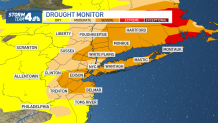
Last Week's Drought Map
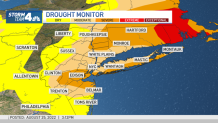
Tri-State Breakdown: Drought Conditions in NY, NJ, CT
As of Thursday, more than 6% of the Empire State is in a severe drought state or worse, and moderate drought conditions apply to a quarter of the Big Apple. Three-quarters of the state are considered "abnormally dry" -- and all three of those categories worsened, data-wise, since the last drought monitor update a week ago.
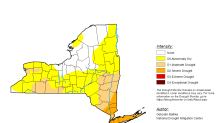
Nearly a third of the state of New Jersey now falls under the severe drought category, up from about 12% a week ago. It has been more than five years since most of the state was in either a severe or moderate drought situation.
Crops in New Jersey are noticeably smaller than before, or the plants themselves simply not growing nearly as high, due to the dry conditions. Corn fields are withering on their stalks, with corn cobs barely fit for consumption. Apples are much smaller than normal by this time of year. Soybeans that should be fully grown by now are not even close to that mark.
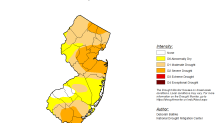
All of Connecticut turned orange or red in the latest update, meaning severe drought conditions or worse apply to 100% of the state. About 2% of the state is now in extreme drought, an improvement from the 13% that fit the bill last week.
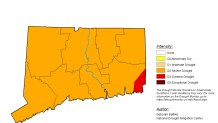
Mandatory Water Use Restrictions in Rockland County
Lawns
Lawns may be watered twice a week only on specified days. Properties with odd numbered addresses may water lawns during specific hours only on Mondays and Thursdays. Properties with even numbered addresses may water lawns during specific hours on Tuesdays and Fridays. Watering hours are between 2 a.m. and 6 a.m. for automatic, in-ground irrigation systems. For manual sprinklers or hose fed irrigation the hours are between 5 p.m. and 9 p.m. (NOTE: this schedule supersedes the schedule stated in the Rockland County Sanitary Code section 5.4.2.2)
Gardens & Landscape
Flower gardens, vegetable gardens and landscaped areas (trees, shrubs, potted plants or other outdoor plants) can be watered during specified hours every other day of the month according to property address. Properties with odd numbered addresses may water on odd days of the month (1, 3, 5, 7, 9, etc.) and properties with even numbered addresses may water on even days of the month (2, 4, 6, 8, etc.). Watering hours are between 2 a.m. and 6 a.m., for automatic, in-ground irrigation systems. For manual sprinklers or hose fed irrigation the hours are between 5 p.m. and 9 p.m.
More Coverage
Other Restrictions to Know:
- Nursery facilities and golf courses may exercise a water conservation plan, that is compliant with Article V of the Rockland County Sanitary Code, in lieu of the specified watering restrictions. The conservation plan must reduce average monthly usage by 10%. In addition, all water use at golf courses shall occur between the hours of 9 p.m. and 6 a.m. except for hand-watering of greens.
- Water may not be used to wash any paved surfaces (public or private) such as streets, sidewalks, driveways, tennis courts, garages, parking areas and patios, except as required for an emergency.
- Water will not be served in restaurants unless the patron requests it.
- The use of flow-through (non-recycled) fountains, artificial waterfalls and reflecting pools is not allowed.
- Water cannot be used for flushing sewers or hydrants except for emergencies.
- All water leaks must be repaired within 48 hours.
- No bulk water supply from any source within the county may be exported outside the county.
How long do Rockland County residents have to deal with this? Well, relief will only come with rain - and that's mostly been in short supply, even with parts of the tri-state area getting soaked earlier this week.
Storm Team 4 says there's rain on tap again for Saturday and the chance of showers lingers intermittently through early next week, though the spotty storms aren't expected to be significant enough to dramatically affect conditions.

